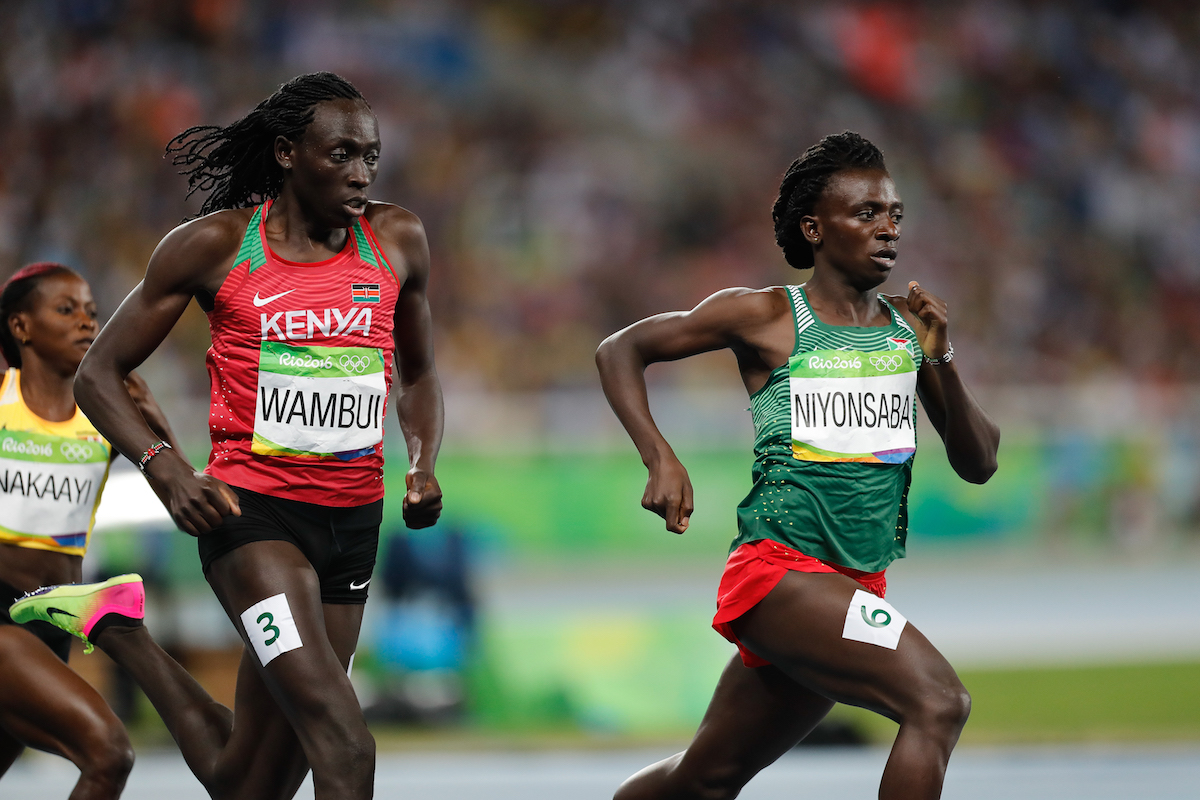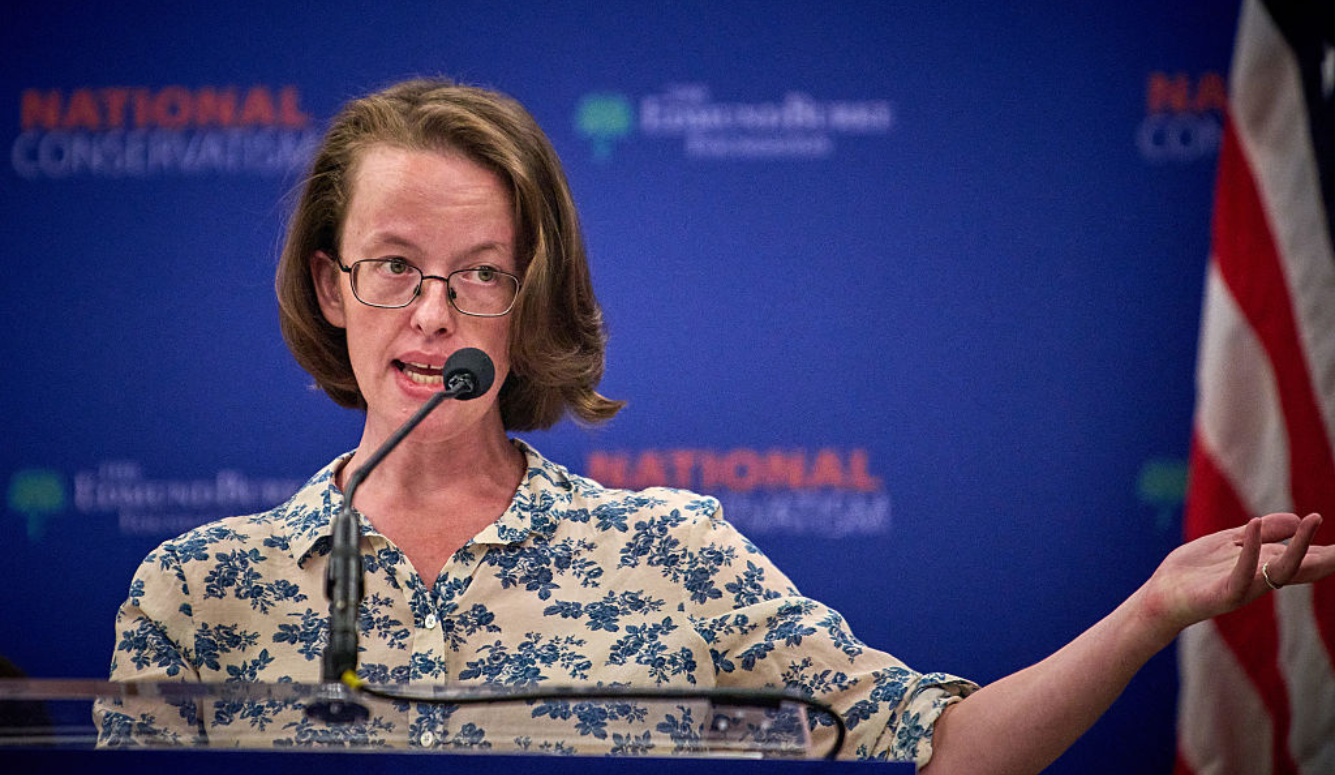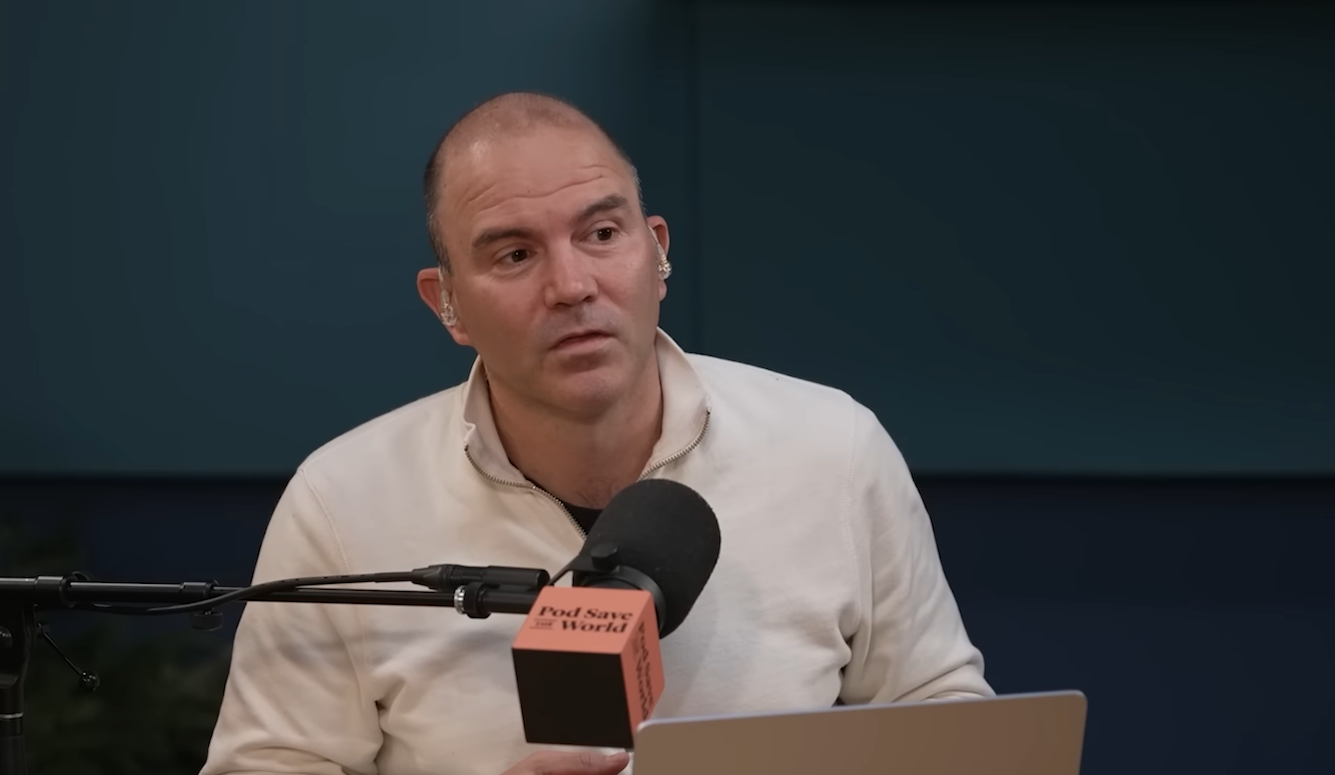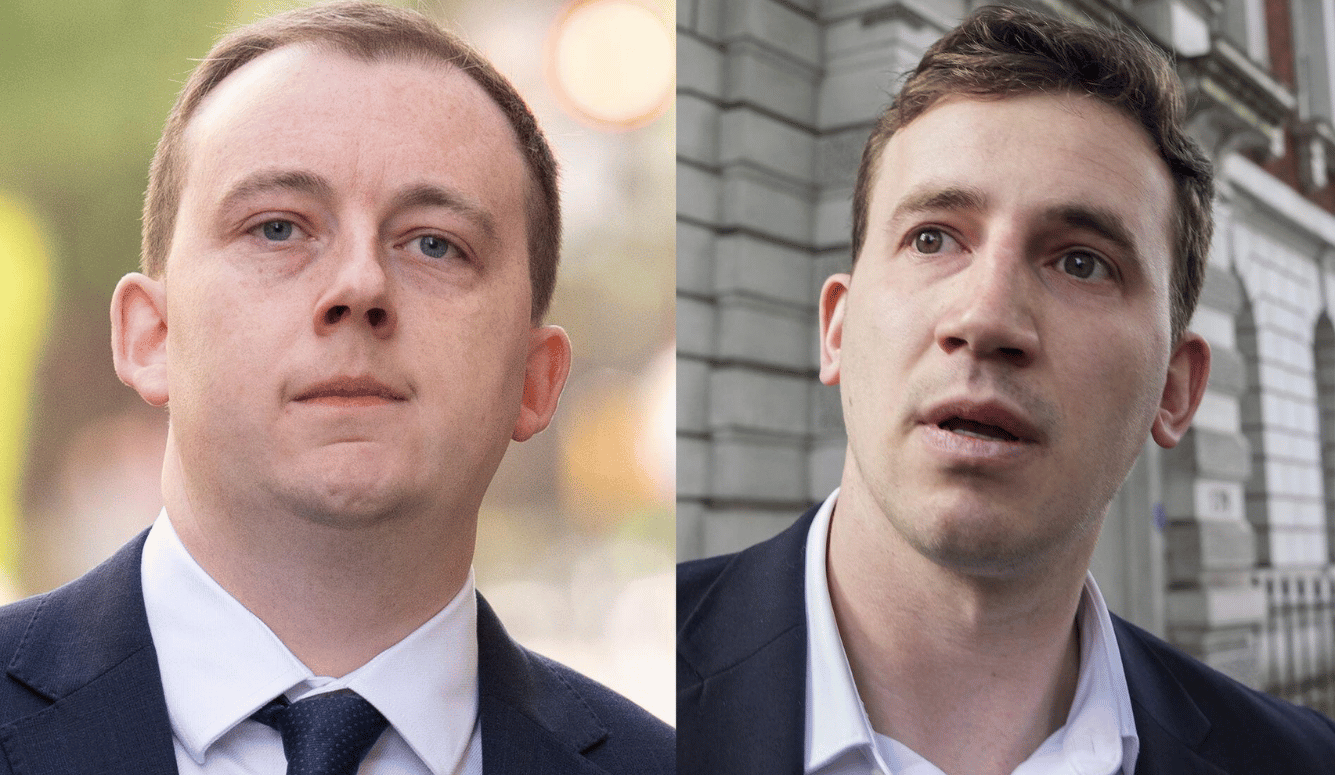Science / Tech
XY Athletes in Women’s Olympic Boxing: The Paris 2024 Controversy Explained
The historical, political, and medical context of the Imane Khelif and Lin Yu-ting cases.

With the return of the Olympics, it’s time for another predictable global uproar about XY athletes competing in the female category. This is now a century-old problem in elite sport that we’ve somehow not yet managed to solve in a uniform way. The Paris 2024 iteration of this debate is arguably the most explosive ever due to a confluence of at least three factors:
- This time around, the athletes are boxers not runners, which means they’re going to be punching their competitors. Physical safety and gender norms, not just competitive fairness, are front-and-centre in people’s minds.
- After the debates about Lia Thomas and Caster Semenya (which I discussed in an essay for Quillette in 2019), the public knows a lot more—though still not enough—about the two categories of XY athletes who might be included in female competition: transwomen like Thomas and people like Semenya with disorders or differences of sex development (DSD). DSD are also sometimes called intersex conditions or sex variations by those who prefer non-medical terms.
- The domestic culture wars around sex and gender have since heated up significantly to become a global battle, with LGBTQI-rights organisations and their allies in the international human-rights community arguing that sex isn’t real or doesn’t matter—either at all or as much as gender identity. Authoritarian regimes led by the Kremlin, meanwhile, describe gender diversity as a harbinger of the end of Western civilisation.
Social media has amplified all of this to the point that the story of the moment, about a boxer from Algeria and another from Taiwan, is top of the news worldwide. Provocative visuals—ubiquitous in boxing—elicit highly emotional responses from some, while others sell their misleading or uninformed political wares (“There’s no evidence these fighters are not cis women!”).
In what follows, I offer a primer on the underlying facts so that readers can follow the story as it unfolds and understand its historical, medical, and political context.

Who are the boxers at the heart of the current storm?
Imane Khelif is a 25-year-old welterweight from Algeria. Lin Yu-ting is a 28-year-old featherweight from Taiwan. Both have medalled at previous world championships in the female category, and both are participating in their second Olympic Games having already competed in Tokyo.
Why is their eligibility for the female category in question?
The International Boxing Association (IBA) issued a statement on 31 July explaining that a “recognized” test had established that Khelif and Lin do not meet the eligibility standards for female competition. The IBA says this was not a testosterone test, which means it’s referring to a genetic test.
Here’s the relevant detail:
On 24 March 2023, IBA disqualified athletes Lin Yu-ting and Imane Khelif from the IBA Women’s World Boxing Championships New Delhi 2023. This disqualification was a result of their failure to meet the eligibility criteria for participating in the women’s competition, as set and laid out in the IBA Regulations. This decision, made after a meticulous review, was extremely important and necessary to uphold the level of fairness and utmost integrity of the competition.
Point to note, the athletes did not undergo a testosterone examination but were subject to a separate and recognized test, whereby the specifics remain confidential. This test conclusively indicated that both athletes did not meet the required necessary eligibility criteria and were found to have competitive advantages over other female competitors.
The decision made by IBA on 24 March 2023 was subsequently ratified by the IBA Board of Directors on 25 March 2023. The official record of this decision can be accessed on the IBA website here.
The disqualification was based on two tests conducted on both athletes as follows:
• Test performed during the IBA Women’s World Boxing Championships in Istanbul 2022.
• Test performed during the IBA Women’s World Boxing Championships in New Delhi 2023.
For clarification Lin Yu-ting did not appeal the IBA’s decision to the Court of Arbitration for Sport (CAS), thus rendering the decision legally binding. Imane Khelif initially appealed the decision to CAS but withdrew the appeal during the process, also making the IBA decision legally binding.
Officials from the IBA have separately added that both fighters have XY chromosomes and high testosterone (“high T”) levels.
“High T” is one of the ways that testosterone levels outside of the female range tend to be described when one is speaking about an athlete in the female category. As you can see from Figure 1, immediately below, male and female T levels diverge at about the age of thirteen. Both Figure 1 and Figure 2 below make clear there’s no overlap in male and female T levels after early adolescence. Doping and being male are two ways that an adult athlete might have “high T.”

It’s important to note that the IBA’s statements about Khelif and Lin are doubted by the IOC and others because the IBA has a reputation for being less than reliable, and because the IOC says it hasn’t seen the results of the tests that were the basis for the IBA’s decision to declare them ineligible. Alan Abrahamson reports, however, that the IBA sent them Khelif’s results back in June 2023.
Are Khelif and Lin transgender?
Like Caster Semenya, there’s no indication that either Khelif or Lin identifies as transgender. This makes sense given that they were apparently assigned female at birth—meaning that this is what was written on their birth certificates—and because being transgender is generally a matter of self-identification.
It is understandable that people are confused, however, because the word transgender is also sometimes used to mean a male who identifies as female. Khelif and Lin both identify as female based on their identity documents and their sex of rearing.
In any event, in sport at least, it seems their cases are being treated by everyone concerned as DSD cases.
What are DSD and why does elite sport care about them?
There are many different disorders or differences of sex development (DSD).






